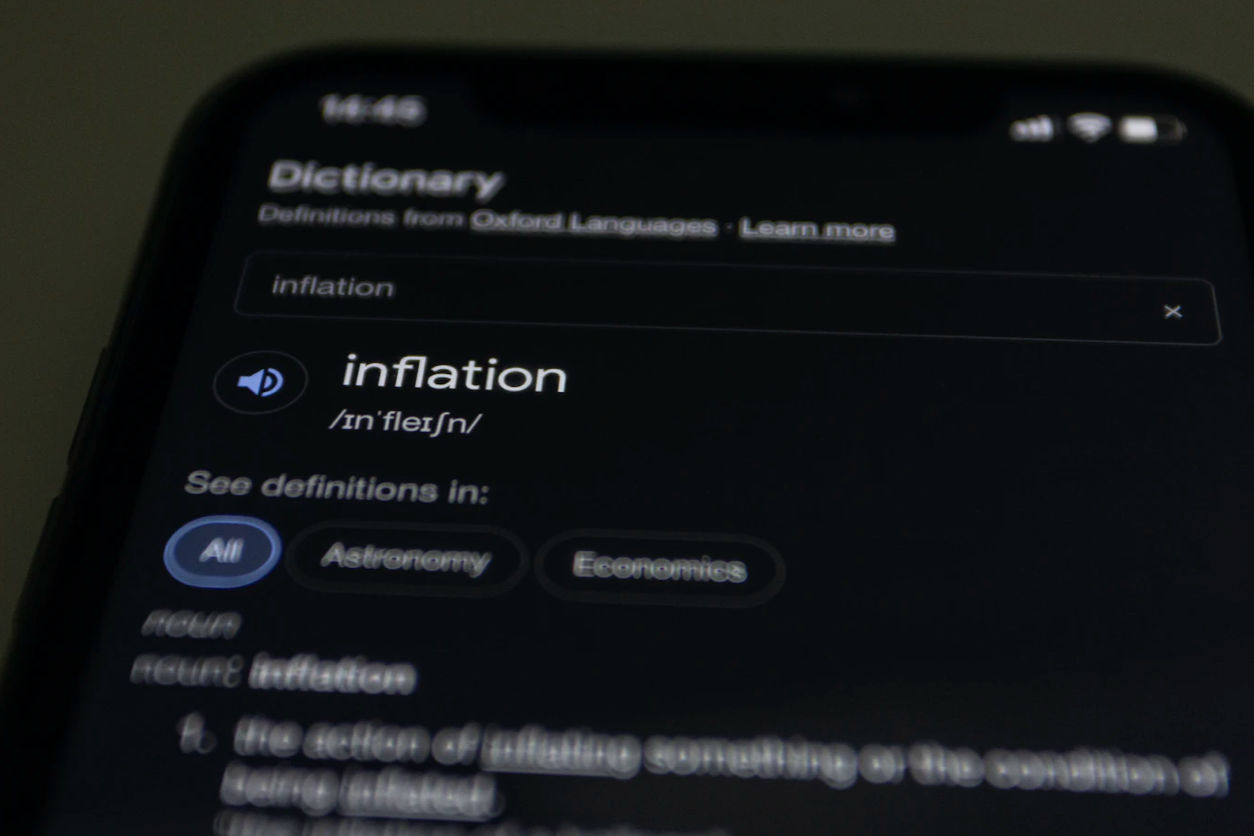Anyone who’s sat through an economics lecture would’ve inevitably stumbled upon the transcendent Milton Friedman declaration, “inflation is always and everywhere a monetary phenomenon”; one can only imagine passionate lecturers quoting this verbatim, interspersed with punctuated brief silence between each word coupled with an intentional variation of tone – alas, that’s why nobody ever forgets it. Although, it is worth occasionally questioning conventional wisdom – how accurate is Friedman’s statement? Despite the US Federal Reserve (Fed) raising short-term rates at the fastest pace over the last four decades, we are not seeing much change in core inflation trends. This raises the question, “is inflation always a monetary phenomenon?”
Let us be clear for a second, energy prices have returned to earth after a meteoric surge last year; the general populace is struck with giddy delight as headline inflation decelerated from over 9% in June to a flat 6% in February this year. Such joy seems rather premature, and Daniel Kahneman, Israeli-American Psychologist and Economist, would be the first to wag his pointy finger and exclaim, “anchoring bias!”. Make no mistake, we are witnessing “disinflation” here, not to be confused with “deflation”, which the general public tends to unwittingly conflate; the latter is the evil sister – Central Banks remain on high alert, to never let her see the light of day. With that said, disinflation, while welcomed, is ineffective if the end number remains at unhealthy levels. In other words, while numbers have come down, our world is not any cheaper but rather, getting more expensive albeit at a slower pace. 9% is unhealthy but so is her partner, 6%.
Another question worth tackling would be whether headline inflation is an adequate measure of true underlying inflation. Despite the stark deceleration in headline inflation, core inflation (a measure that excludes volatile inputs like energy and food) has not seen much easing – coming in at 5.5% in January, a two-percentage-point slowdown from 2022 highs and a mere 0.5% from a year ago. For perspective, the core inflation target established by the Fed is 2% and current figures hover more than twice the healthy target.
The less pollyannaish of us would stomp our feet and contend that the Fed needs to hike rates further; real rates are still negative (indicating that interest rates still trail behind inflation rates) and perhaps more hawkishness would be the panacea for our inflation woes. Households refinancing their debts at higher rates would have lower disposable income to spend and corporations with higher debt servicing costs may trim the fat in the office, breaking the labour market. These should crack the “C” in aggregate demand – that is the consumption variable.
But what if inflation is not always a monetary phenomenon but also a fiscal phenomenon? But what do we mean by monetary and fiscal phenomenon? The monetary phenomenon refers to the amount of money supplied (commonly by the central bank) in the economy which has a direct effect on interest rates. On the other hand, a fiscal phenomenon generally refers to government spending and taxation. In January 2023, the US budget deficit (government spending in excess of tax revenue) climbed year-over-year to $39 billion compared to a $119 billion surplus a year earlier. Year to date, the government has over-spent $460 billion, on track to surpass the $1.4 trillion deficit of 2022. January is usually a month of surplus due to an increase in tax receipts, but the overarching concern is, given the tight labour market which should entail higher tax receipts and lower social spending, why are deficits still running so deep? Where and what exactly is the government spending?
Concomitantly, with the expanding debt load to finance said excessive spending, this limits the ceiling on rates for the Fed and perhaps, it wouldn’t be too far-fetched to argue that inflation is the “missing tax revenue” that the government isn’t collecting to finance its excessive spending. Realistically, that spending gap is first bridged by a burgeoning national debt with inflation making a late appearance, to shrink the real value of said obligations i.e., lighten the hangover. In other words, unless fiscal responsibility is ushered in, monetary efforts to diminish inflation may prove to be futile.
We have all been taught in our social studies classes that governments ought to do what is right and not what is popular; but what our teachers kept from us, is the sheer ugliness of the truth that is miles from reality. Western governments seem to be far more interested in prioritising short-term gratification despite long-term risks, demonstrated by the constant raising of the national debt ceiling and incessant fiscal splurging; the tea leaves show no intention to pay back the mountain of debt, leaving future generations to shoulder.
Interest rates and inflation don’t necessarily adhere to a linear relationship. The question then begs, what level of rates is sufficient? While it is hard to pin a precise figure, what is apparent is that the current level of rates is simply not enough. Paradoxically, a moderate level of rates may be stimulative to the economy; consumers possess assets, predominantly short-term (e.g., deposits and fixed income assets), funded by long-term liabilities, fixed at pre-determined rates (e.g., 30-year fixed rate mortgage); in other words, assets reprice with interest rates much quicker than liabilities which benefits savers who are suddenly garnering a nifty nominal return. After years of impoverished rock-bottom rates and two years of pandemic-induced restrictions, why would that not augment spending?
Sure, hairline cracks are beginning to surface in the economy; home prices have ceased their meteoric ascent, stock prices have largely corrected, and consumers are tightening up, curtailing frivolous spending. As Churchill once said, “this is only the end of the beginning.”; there is a non-zero probability of further pain in the various asset classes (e.g. real estate, stocks), which would be necessary to diminish and subdue the profligate outputs of the wealth effect. To truly beat inflation, further tightening of the economy is a foregone conclusion; both the government and the Fed must be in synchrony, to prioritize the long-term stability of the economy in lieu of short-term volatility.
Disclaimer: the contents of this article belong solely to the writer






0 Comments